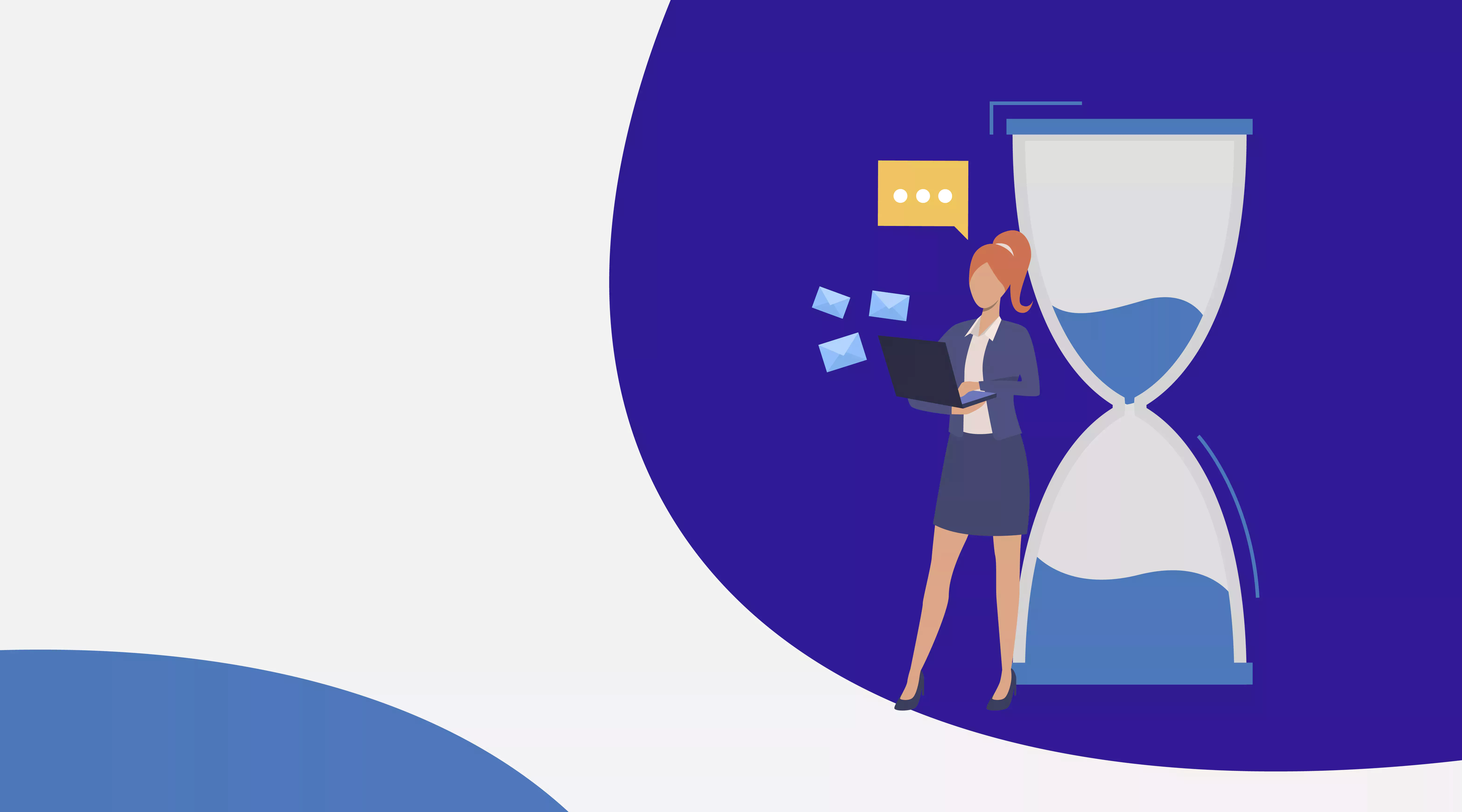There are several important features to consider when you’re picking a solution for monitoring your servers, websites and certificates. Which matters most to you and your business?
- Everyone (almost) will be able to monitor publicly accessible servers and websites, but only a handful will be able to monitor internal (or private) servers that are behind firewalls so that’s one key feature to consider. If this is important for you, then the shortlist of solutions gets short short.
- Agent-less is another feature to consider. Too many times a solution will require you to install an agent on a server in order to be able to start the monitoring. There is always a risk to install a new piece of software as you don’t know if there will be any conflicts with existing software. The risk of conflicts depends on the quality of the company that has built the agent, but this is an unnecessary risk to take if you can avoid it. The other aspect is that installing agents is time consuming and you will need to update them overtime as you want to stay current with the latest versions (new versions are often being released when bugs are detected that can cause the agent to stop – or in worst case interfere with the server). Agent-less monitoring is the way to go!
- Multi cloud monitoring is another important feature. As customers are most likely to have servers and websites with different providers, and some in-house, it will make it easier if your monitoring solution can take care of everything regardless of vendor and location. This used to be less important, but today this is a necessity.
- There are a few solutions out there that require the involvement of skilled IT experts in order to get up and running. The monitoring solution should be popular and loved by your IT experts, but your solution should be easy to implement and use even for non-technical people – it’s also important that you can easily add/remove assets that you monitor. The best monitoring solution is the one that gets deployed and is being used!
- Of course, you want the status of every single asset to be shown in one single dashboard. Having multiple dashboards leads to confusion and you will likely waste time toggling between them.
- You should be able to pool all your servers that are part of a system so that you can monitor them together. With Monitoring Groups, you can easily monitor the wellbeing of a whole system, like an ERP or CRM system.
- Scheduled maintenance windows mean that a series of servers are being taken down in a controlled manner. For your SLA tracking to be correct you should be able to tell your monitoring solution that certain servers are in maintenance mode and this should not affect the statistics – and no alerts should be sent during this maintenance window.
- One of the most annoying and unnecessary problems when running websites is that it is easy to forget to renew SSL Certificates and this causes downtime. Your monitoring solution should be able to tell you well in advance when it is time to renew.
- Mobile phone friendly, of course you want to get notifications on your phone, but you also want to access the monitoring system in order to see what has happened, i.e. to make a first assessment how severe the incident is.
- We all read about websites being hacked and passwords being revealed. One important step for a vendor is to never store any passwords. Therefore, using a system that utilizes a login service from Facebook, Microsoft, Google makes it harder for villains and gives the users less login credentials to remember.
- It is important that the vendor of your monitoring solution is compliant with all applicable laws of the United States. If they’re located in the US, it gives you a decent baseline.
This is just to give you a few ideas about what is important when deciding on a monitoring solution. After all, what is most important is that the solution works for you and meet your demands.
For more information on services and featured offered by Awakish cloud monitoring, visit www.awakish.com!
Twitter: @AwakishCorp



